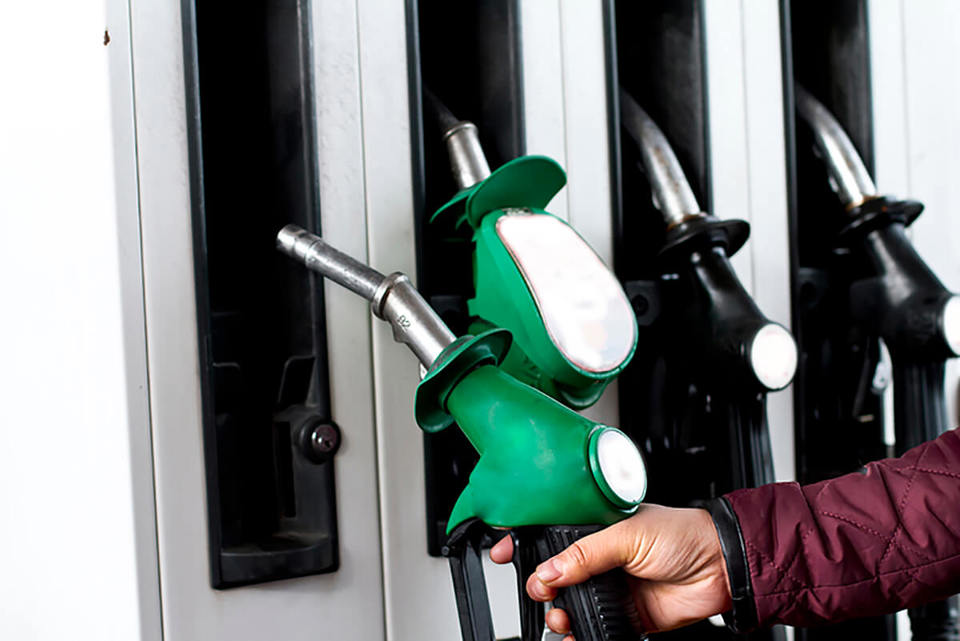Her Majesty’s Revenue and Customs (HMRC) has opened the way for fleets to challenge the advisory fuel rates (AFR) if they believe the rate is set too low for their particular fleet.
In its latest AFR notice, it states that the rates “will not be binding” if a fleet can prove its costs are higher than the guideline rate.
The concession comes as HMRC announced a 1p per mile rate cut across the board for cars with diesel engines (the rates do not apply to vans).
The new rates come into play on July 1 and will stay in place for six months.
HMRC has cut its rates even though diesel prices have risen by more than 5p per litre since the last advisory rates came into force on January 1.
And diesel will rise again by 2p per litre in September when new fuel duty rates come into force.
The advisory rates are used by company car drivers to reclaim for fuel used for business-use. It means drivers with diesel engines will lose out, although the companies themselves will actually save money.
Diesel is the fuel of choice for most fleets, with estimates suggesting more than 80% opt for it.
HMRC said: “The advisory rates will not be binding where an employer can demonstrate that the cost of business travel in company cars in the fleet concerned is higher than the guideline mileage rates – perhaps where employees need to use particular types of car such as 4x4s to cover rough terrain.
“The advisory rates represent average fuel costs, and employers may wish to set rates which better reflect their particular circumstances.
“For example, where the cars in the fleet are fuel efficient, employers may prefer to reimburse at lower rates than those outlined here.”
A spokesman explained that a fleet manager who believes the rates may be too low, must contact HMRC directly and explain why the fleet should be exempt.
“We rely on employers believing that their circumstances are exceptional to contact us, the onus is on them to prove the ‘exceptional’ circumstance,” she said.
HMRC confirmed that there have been successful cases argued by fleet managers in the past, but there is no record of how many. “There is no central record held, but the word ‘exceptional’ suggests that it will be very rare,” said the spokesman. “They would need to prove the ‘exceptional’ then get a dispensation specifying the higher rates and the circumstances in which they apply.”
HMRC sets its AFR rates based on data supplied by the Department for Business Enterprise and Regulatory Reform (BERR).
However, it uses prices that are more than one month out of date before the new rates come into force, which means they often bear little resemblance to the actual cost of fuel.
BERR’s last AFL, which came into force in January 1, was based on November fuel figures, when the cost of diesel was 107.2ppl. The new rate is based on 103.4ppl.
The new rates “reflects the fact that the price of diesel has fallen, whereas that of petrol has risen”, said a spokesman.
However, according to the AA, diesel cost on average 98.7p per litre at the start of the year. It now costs 103.8ppl.
The cut in the amount diesel company car drivers can now claim is all the more frustrating as HMRC, claims to have also taken into account the return to 17.5% VAT in January 2010 and the 2p per litre fuel duty increase that will come into force in September.
Drivers of petrol company cars of 2-litre and below have seen their rates remain unchanged, despite the cost of unleaded petrol soaring from an average of 86.6ppl to 100.1ppl.
















Login to comment
Comments
No comments have been made yet.